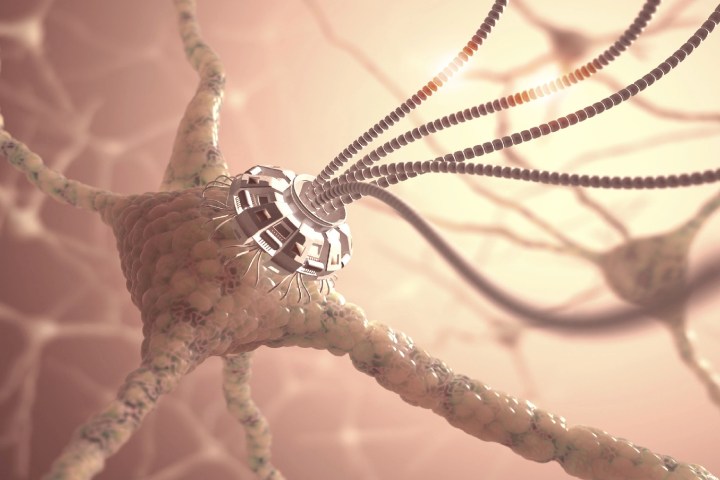
Researchers from the University of Maryland have taken that dream to the next level, courtesy of new research showing how the “gene expression” of biological cells can be controlled electronically and even “programmed” to behave in different ways.
“Electronics has changed our lives when it intersects with biology,” Dr. William Bentley, one of the authors of the paper, told Digital Trends. “Things which come to mind immediately are EKG, EEG, defibrillators and the like. This was discovered a long time ago, with people zapping neurons and cardiomyocytes with current and realizing that they could achieve amazing things by doing that. But for most of the molecules in the body — hormones, proteins or cholesterol — there’s no way of transferring information between biology and electronics. What we’re trying to do is to open up a dialogue.”
In the team’s latest paper, published in the journal Nature, the researchers describe an electrogenetic “switching” system within bacterial cells that lets them behave in ways nature never intended. This bioelectric hybrid system, controllable by applying voltage, enabled the team to create bacterial cells that would, for instance, light up with a green glow when switched on.

Another similar demonstration involved a bacterial cell that was able to move forward when turned on, and stop moving when turned off.
Bentley said that the work could lead to innovations like smart devices that are able to record the presence of particular pathogens and deliver drugs to specific sites in the body.
“People are really interested in wearable devices like the Fitbit,” he continued. “Maybe it would be possible to have a Fitbit equivalent that actually makes an antibiotic or insulin and delivers it through the skin. Or a smart bandage that can be put on the wound and can then detect the necessary biomarkers that are there.”
At what point do we sign up to get our Borg Collective membership cards?


